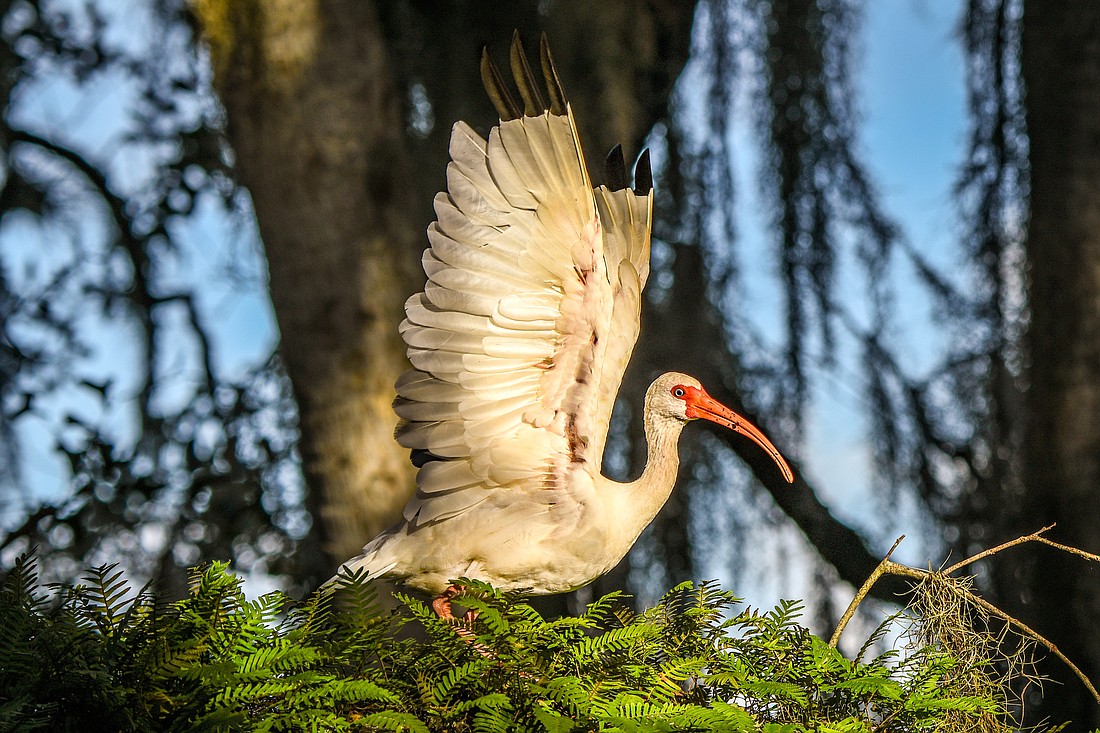- April 24, 2024
-
-
Loading

Loading

Extreme weather has long shaped our region, and affected its inhabitants. Indeed, hurricanes are part of the natural environment to which native wildlife have adapted. Like us, animals must actively respond in order to avoid the injury, death, and destruction storms bring.
Many animals can sense the large decreases in air and water pressure, caused by extreme weather events. In response, some leave before storms hit but most shelter in place. Smaller birds and mammals might hide out in thick underbrush or other vegetation, while other species (such as woodpeckers and raccoons) take shelter in tree cavities. Birds that roost on branches, like crows and cardinals, have toes that literally lock around a branch when they rest or sleep. Thanks to this adaptation, they choose a thick tree branch close to the trunk on the most protected side, and literally go into lockdown until the storm is over. American alligators and turtles also hunker down, albeit deep in their aquatic habitats.
Research suggests that white-tailed deer take a different approach to storms. They actually increase their movements dramatically, possibly while trying to avoid falling trees or windblown vegetation. Like many land animals, they seek higher ground (including human-made structures), to limit their exposure to flooding.
Rising waters from storms also force underground dwellers (such as burrowing owls and gopher tortoises) to seek shelter in unusual spots. And widespread flooding, as is being experienced in our region, often results in wildlife showing up far from their homes.
Overall, most native species typically rebound quickly after storms, and some even benefit from newly created or restored habitat. However, many animals who do survive are displaced, and storms often change the availability of their food sources.
Unfortunately, endangered wildlife, such as manatees, typically fare the worst during and after a hurricane. And, the major flooding and extreme winds associated with intensified weather systems due to climate change, have the potential to devastate entire ecosystems. To help wildlife, we can report injured and displaced animals after storms, and support habitat conservation and protection efforts as much as possible.
Friends of Myakka River exists to support Myakka River State Park and the Wild and Scenic Myakka River. Together, we're protecting and sharing Myakka's Magic, to the benefit of future generations, and our own. Follow us @FriendsofMyakkaRiver